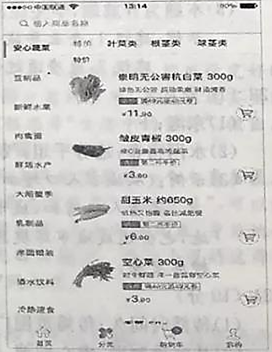单项填空(本题有10小题,每小题1分,共10分)
— Peter, shall we go for a picnic this Sunday?
— OK. Let's add it to _____________ weekend plan.
- A、 a
- B、 an
- C、 the
- D、 /
— Sir, did you enjoy your stay in our________________?
— Yes, I slept well and I like the breakfast.
- A、 hotel
- B、 school
- C、 factory
- D、 company
The living room becomes ____________as the sunlight comes in through the windows.
- A、 bigger
- B、 cleaner
- C、 quieter
- D、 brighter
Sam finds sweeping robots useful, and he plans to buy ___________ for his grandma.
- A、 it
- B、 one
- C、 this
- D、 that
Betty felt so tired last night that she ____________ fell asleep in bed after lying down.
- A、 recently
- B、 suddenly
- C、 frequently
- D、 immediately
We don't allow taking magazines out, but you ____________ copy the article you need on the machine over there.
- A、 can
- B、 must
- C、 should
- D、 would
The instructions tell us everything ____________ about how to make the model ship.
- A、 by hand
- B、 by chance
- C、 in detail
- D、 in person
—Linda, Dad has finished his work and we ___________ to the gym to pick you up.
—Thank you, Mum.
- A、 drive
- B、 drove
- C、 have driven
- D、 are driving
— Could you tell me ____________________?
— You will stay with an English family and take part in their daily life.
- A、 when I should pay for the course
- B、 what the best part of the course is
- C、 how long the shortest course lasts
- D、 where I can go sightseeing after class
—Tony, hurry up and don't forget to lock the door.
— ___________________. I'm getting my coat.
- A、 Wait a minute
- B、 No deal
- C、 Nothing serious
- D、 Bad luck









